Written by Soudip
June 7th 2014Other Places
You Are Here
Home > India > Shaniwar Wada, Pune Historical Facts and PicturesSafdarjung Tomb Historical Facts and Pictures
In the capital city of New Delhi lies the sandstone and marble mausoleum of Mirza Muqim Abul Mansur Khan, who was popularly known as Safdarjung, and served as an independent ruler of Avadh as viceroy of Muhammad Shah (1719-48). Built in the year 1754 at the behest of his son Nawab Shujaud Daula, the tomb was designed by an Abyssinian architect and has been popularly described as “the last flicker in the lamp of Mughal architecture”.
Planned as an enclosed garden tomb, its design resembles a scaled down version of the Humayun tomb. The garden spread over almost 300-sq-metres is divided into squares reflecting the classic Mughal Charbagh garden plan with the mausoleum at the centre. The square central chamber of the mausoleum is surrounded by eight rooms all around. Flanked by tanks and fountains along the central pathway, it has high walls with an impressive gateway on its east. The western, northern and southern directions of the tomb consists of pavilions earlier used as residence by the Nawabs family and have been distinctively named as Jangli Mahal (Sylvan Palace), Moti Mahal (Pearl Palace) and Badshah Pasand (King’s favorite) respectively. The main tomb itself is a double-storeyed structure built with a raised terrace surmounted by a bulbous marble dome along with four polygonal towers with decorated marble arches surrounding it. The underground chamber of the mausoleum houses the graves of Safdarjung and his wife. The interiors of the tombs have ornate decorations and are covered in rococo plasters. The architecture of the tomb is often derided because of the lack of proportions and symmetry which give the tomb an unbalanced appearance. Built during the decline of the Mughal Empire, most of the red and buff sandstone used in its construction was stripped off from’ Abdu’r-Ral, lim Khan-i-Khanan’s tomb.
Safdarjung Tomb
Safdarjung Tomb Inside
Safdarjung Tomb Main Entrance
Today the entire monument is under control of the Archaeological Survey of India (ASI) that has several offices in the pavilions and maintains a library along the main gate.
Category
India2 responses to “Safdarjung Tomb Historical Facts and Pictures”
Leave a Reply
Written by Soudip
June 7th 2014










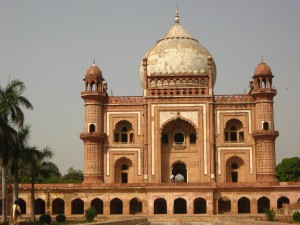
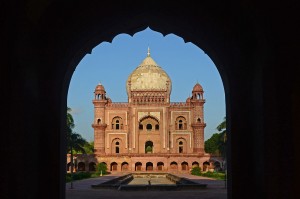
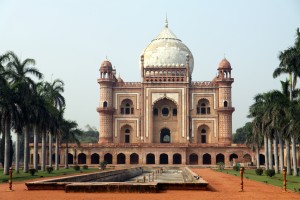
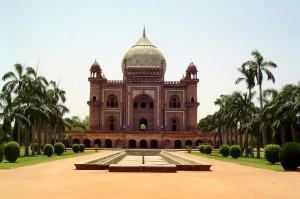
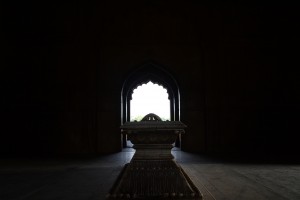
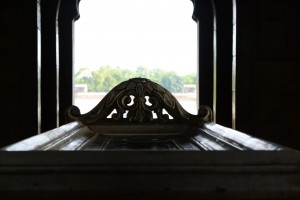
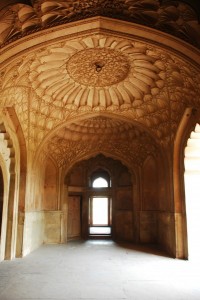
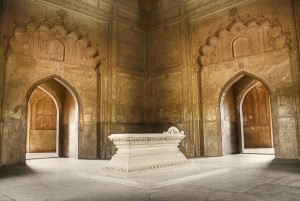
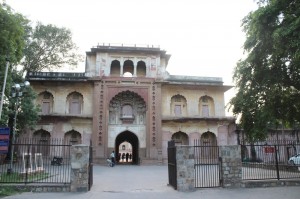
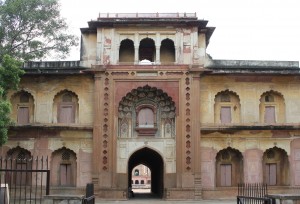





Hello. I’m from Albania, I saw the Safdarjung tomb, and I confused it with Taj Mahal, and for force I was to search for it and I’ve surprised how many architectural tombs you have in India. WoW!!!! I am astonished.
Really good pictures..